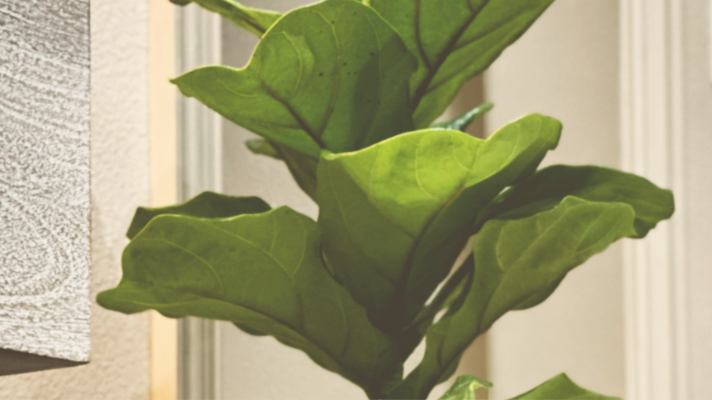In the hustle and bustle of modern life, creating a serene living space is not just a luxury but a necessity. Unbeknownst to many, our indoor greenery, with its quiet elegance, plays a dramatic role in mitigating noise pollution. Much like a naturally crafted mute button, houseplants can absorb sound, diffusing harsh noises and rendering our homes and offices quieter.
The Whisper of Leaves: Unlocking the Acoustic Secrets of Houseplants
But how do plants achieve this sound absorption? The science behind it lies in the structure of the plants themselves. Each leaf acts much like a tiny, natural acoustic panel. The soft, porous surface of the leaf helps to diffuse sound waves, breaking them up and scattering them, thereby reducing noise levels. The stems and roots, too, contribute, helping to reduce lower-frequency noises, which can often be more penetrating and disturbing. Consider an echo in an empty room; it bounces off the hard surfaces until it gradually fades. Now, imagine filling the room with plants; the sound waves have more surfaces to bounce off and get absorbed, resulting in less echo and lower noise levels.
Green Echoes: Unveiling Scientific Evidence of Plants’ Noise Reduction Powers
Scientific studies back up these claims. For instance, a study conducted by South Bank University in London found that plants can absorb, diffract, or reflect background noise, thereby making the environment more comfort the inhabitants. Another study published in the Environmental Health Perspectives journal supports the same, suggesting that vegetation can reduce noise levels by as much as 5 decibels.
Harnessing the Hush: Applying Plant Acoustics in Your Own Space
While all plants can contribute to noise reduction, some are particularly adept. Plants with larger, thicker leaves tend to be more effective noise absorbers. Examples include rubber plants and peace lilies. Moreover, the placement and arrangement of these plants can greatly enhance their noise absorption potential. Dense arrangements of plants, especially when they are placed in corners or against walls, can help to trap and absorb more sound.
Growing Silence: Tips for Cultivating a Tranquil Home with Plants
Plants offer more than just aesthetic appeal and air purification; they are natural allies in our quest for quieter spaces. Here are a few tips to make the most of this:
- Place them in corners or against walls to create a natural noise buffer.
- Choose plants with larger, denser foliage.
- Keep your plants healthy. A thriving, well-cared-for plant will have more leaves and thicker foliage, making it a better sound absorber.
Armed with this knowledge, you can transform your home or workspace into a serene haven, demonstrating yet again that the benefits of living in harmony with nature are immeasurable. So, why not start today? After all, the journey towards tranquility could be as simple as tending to a leafy friend.
